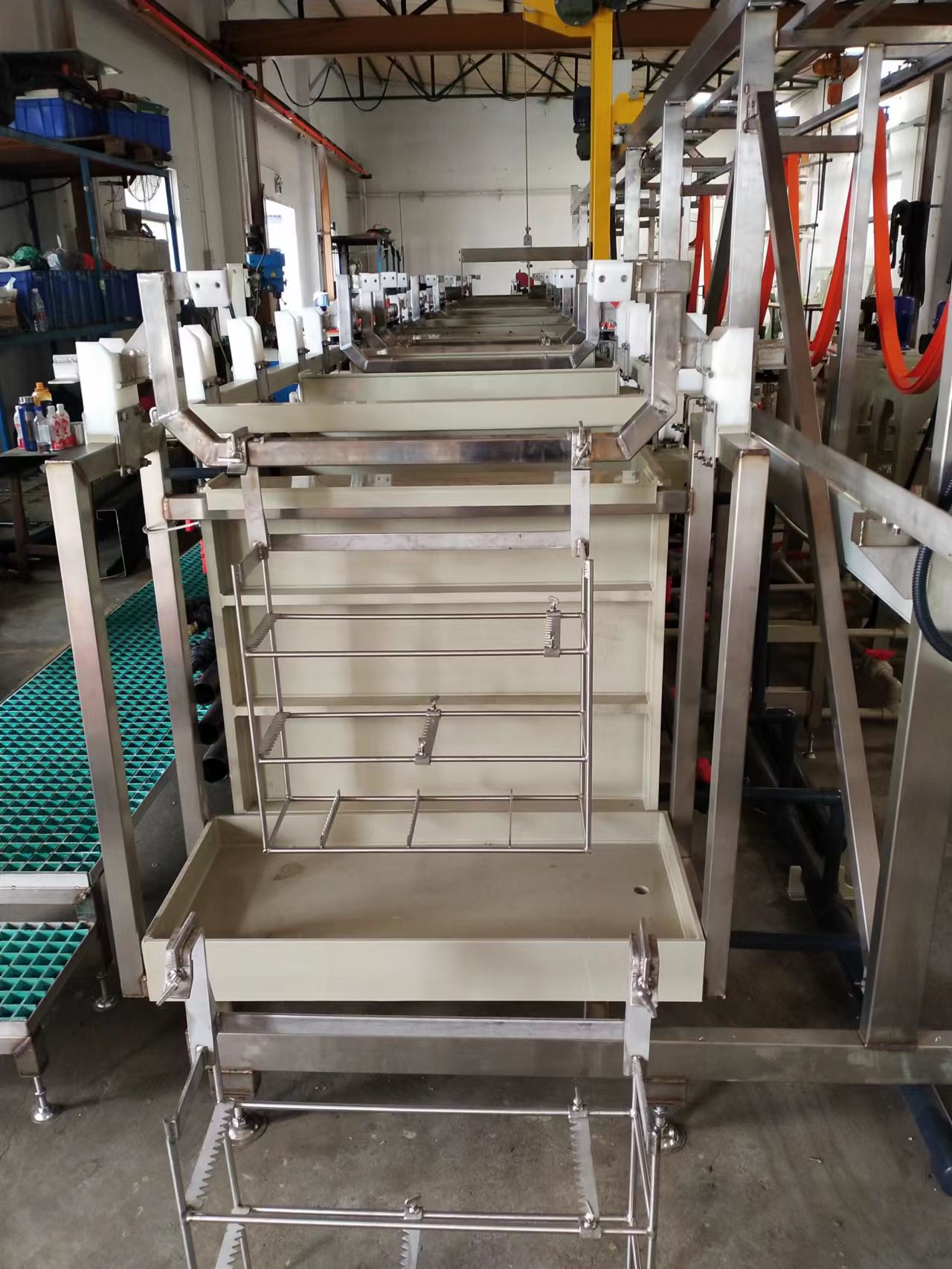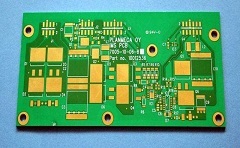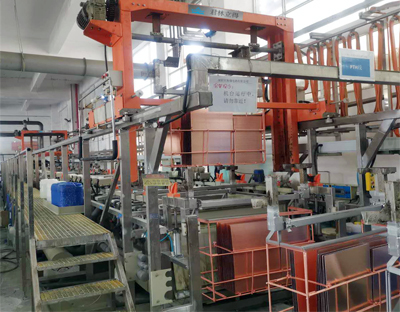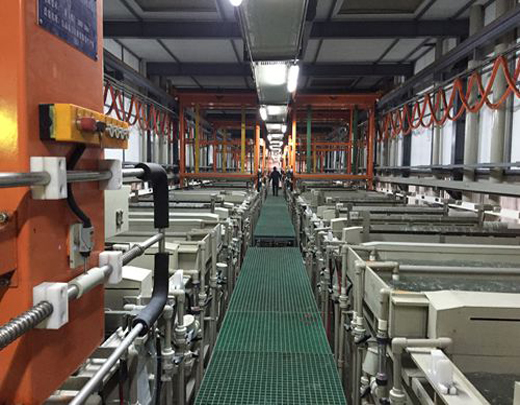PTH is a very important step in the hole metallization process of PCB circuit board. Its purpose is to form an extremely thin conductive copper layer on the hole wall and copper surface to prepare for subsequent electroplating. The hole in the hole wall coating is one of the common defects in PCB hole metallization, and also one of the items that are easy to cause batch scrapping of printed circuit boards. Therefore, solving the problem of hole in the coating of printed circuit boards is a key control item for printed circuit board manufacturers. However, because there are many reasons for its defects, only by accurately judging the characteristics of its defects can we effectively find a solution.
1.Plating cavity on hole wall caused by PTH
Plating cavities on the hole wall caused by PTH are mainly spot or annular cavities. The specific causes are as follows:
(1) Copper content, sodium hydroxide and formaldehyde concentration of copper sink
The solution concentration of the copper cylinder should be considered first. Generally speaking, the copper content, sodium hydroxide and formaldehyde concentration are proportional. When any of them is lower than 10% of the standard value, the balance of chemical reaction will be broken, resulting in poor PTH and dotted cavities. Therefore, priority should be given to adjusting the liquid medicine parameters of the copper cylinder.
(2) Temperature of tank liquid
The temperature of the bath solution also has an important influence on the activity of the solution. Generally, there are temperature requirements in various solutions, some of which should be strictly controlled. Therefore, pay attention to the temperature of tank liquid at any time.
(3) Control of activation solution
Low divalent tin ions will cause the decomposition of colloidal palladium and affect the adsorption of palladium. However, as long as the activation solution is regularly added and supplemented, it will not cause major problems. The key point of activating solution control is that it cannot be stirred with air. The oxygen in the air will oxidize tin divalent ions, and no water can enter, which will cause the hydrolysis of SnCl2.
(4) Cleaning temperature
Cleaning temperature is often ignored. The best temperature for cleaning is above 20 ℃. If it is lower than 15 ℃, the cleaning effect will be affected. In winter, the water temperature will become very low, especially in the north. Due to the low temperature of water washing, the temperature of the board after washing will also become very low. The temperature of the board cannot rise immediately after entering the copper cylinder, which will affect the deposition effect because the golden time of copper deposition is missed. Therefore, in places with low ambient temperature, the temperature of cleaning water should also be paid attention to.
(5) Application temperature, concentration and time of pore forming agent
The temperature of the liquid medicine has strict requirements. Too high temperature will cause the decomposition of the pore forming agent, lower the concentration of the pore forming agent, and affect the effect of the hole forming. Its obvious feature is that there are dotted cavities at the glass fiber cloth in the hole. Only when the temperature, concentration and time of the liquid medicine are properly matched, can a good hole drilling effect be obtained, and at the same time, the cost can be saved. The concentration of copper ions accumulated in the solution must also be strictly controlled.
(6) Application temperature, concentration and time of reducing agent
The role of reduction is to remove the residual potassium manganate and potassium permanganate after drilling. The out of control of the relevant parameters of the liquid medicine will affect its role. Its obvious feature is that there is a point like cavity at the resin in the hole.
(7) Oscillator and swing
The uncontrollable oscillation and swing will cause annular cavity, which is mainly due to the failure to eliminate the bubbles in the hole, especially the small orifice plate with high thickness diameter ratio. The obvious feature is that the cavity in the hole is symmetrical, and the copper thickness of the part with copper in the hole is normal, and the pattern electroplating coating (secondary copper) wraps the whole plate coating (primary copper).
2.Plating cavity on hole wall caused by pattern transfer
Hole wall coating cavities caused by pattern transfer are mainly annular holes at the orifice and in the hole. The specific causes are as follows:
(1) Pretreatment brush plate
The pressure of the brush plate is too high, and the copper layer at the whole plate copper and PTH orifice is brushed off, so that the following pattern electroplating cannot be coated with copper, resulting in annular cavities at the orifice. Its obvious feature is that the copper layer at the orifice gradually becomes thinner, and the pattern electroplated coating wraps the whole plate coating. Therefore, the pressure of the brush plate shall be controlled through the wear mark test.
(2) Orifice residue
It is very important to control the process parameters in the graphic transfer process, because poor drying of the pretreatment, improper temperature and pressure of the film will lead to residual glue at the edge of the orifice, resulting in annular cavities at the orifice. The obvious characteristics are that the copper layer thickness in the hole is normal, the single or double side hole presents annular cavity, extending to the pad, the fault edge has obvious etching traces, and the pattern electroplating coating does not cover the whole plate.
(3) Pretreatment micro etching
The micro etching amount of pretreatment shall be strictly controlled, especially the number of rework of dry film plate. It is mainly due to the problem of electroplating uniformity in the middle of the hole that the coating thickness is too thin, and excessive rework will cause the copper layer in the whole plate hole to be thinner, and finally the annular copper free in the middle of the hole will be generated. Its obvious feature is that the whole plate coating in the hole gradually becomes thinner, and the pattern electroplating coating wraps the whole plate coating.
3.Hole wall coating cavity caused by pattern electroplating
(1) Pattern electroplating micro etching
The micro etching amount of pattern electroplating should also be strictly controlled, and the defects produced are basically the same as the micro etching of dry film pretreatment. In severe cases, the hole wall will be largely free of copper, and the full thickness of the plate surface will be significantly thinner. Therefore, it is better to optimize the process parameters through DOE experiment to measure the micro etching rate regularly.
(2) Poor dispersion of tin plating (lead tin)
The tin coating thickness is insufficient due to factors such as poor solution performance or insufficient swing, and the tin layer and copper layer in the middle of the hole are eroded during subsequent film removal and alkaline etching, resulting in annular cavities. The obvious characteristics are that the copper layer in the hole is normal in thickness, the fault edge has obvious traces of etching, and the pattern electroplating coating does not cover the whole plate (see Figure 5). In view of this situation, some tin plating polish can be added to the pickling before tin plating to increase the wettability of the board and the swing range.
4.Conclusion
There are many factors that cause the voids in the PTH coating, the most common one is the voids in the PTH coating. The voids in the PTH coating can be effectively reduced by controlling the relevant process parameters of the solution. However, other factors can not be ignored. Only by careful observation and understanding of the causes of plating voids and the characteristics of defects, can problems be solved in a timely and effective manner and the quality of products be maintained.







 Nov. 09, 2021
Nov. 09, 2021 




